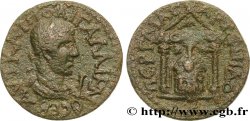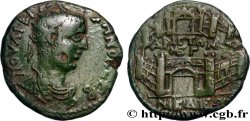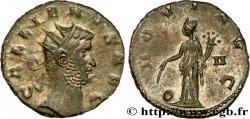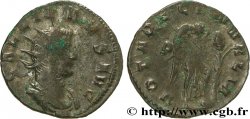brm_230510 - GALLIENUS Antoninien
75.00 €(Approx. 86.25$ | 63.75£)
Quantity
Add to your cart

Type : Antoninien
Date: 266
Mint name / Town : Siscia
Metal : billon
Millesimal fineness : 100 ‰
Diameter : 19 mm
Orientation dies : 5 h.
Weight : 3,57 g.
Rarity : R1
Officine: 2e
Coments on the condition:
Exemplaire de qualité exceptionnelle pour ce type de monnayage sur un flan un peu court. Portrait fantastique. Revers magnifique. Très belle patine gris métallique avec des reflets dorés. Conserve l’intégralité de son brillant de frappe et de son coupant d’origine
Catalogue references :
Obverse
Obverse legend : GALLIENVS AVG.
Obverse description : Tête radiée de Gallien à droite (O).
Obverse translation : "Gallienus Augustus", (Gallien auguste).
Reverse
Reverse legend : PROVI AVG/ -|II.
Reverse description : Providentia (la Providence) drapée, debout à gauche, tenant un bâton placé au-dessus d’un globe et tenant une corne d’abondance de la main gauche.
Reverse translation : “Providentia Augusti”, (la Providence de l’auguste).
Commentary
Poids très lourd. Avec l’intégralité de son argenture superficielle. Rubans de type 3.








 Report a mistake
Report a mistake Print the page
Print the page Share my selection
Share my selection Ask a question
Ask a question Consign / sell
Consign / sell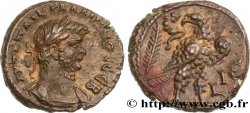
 Full data
Full data